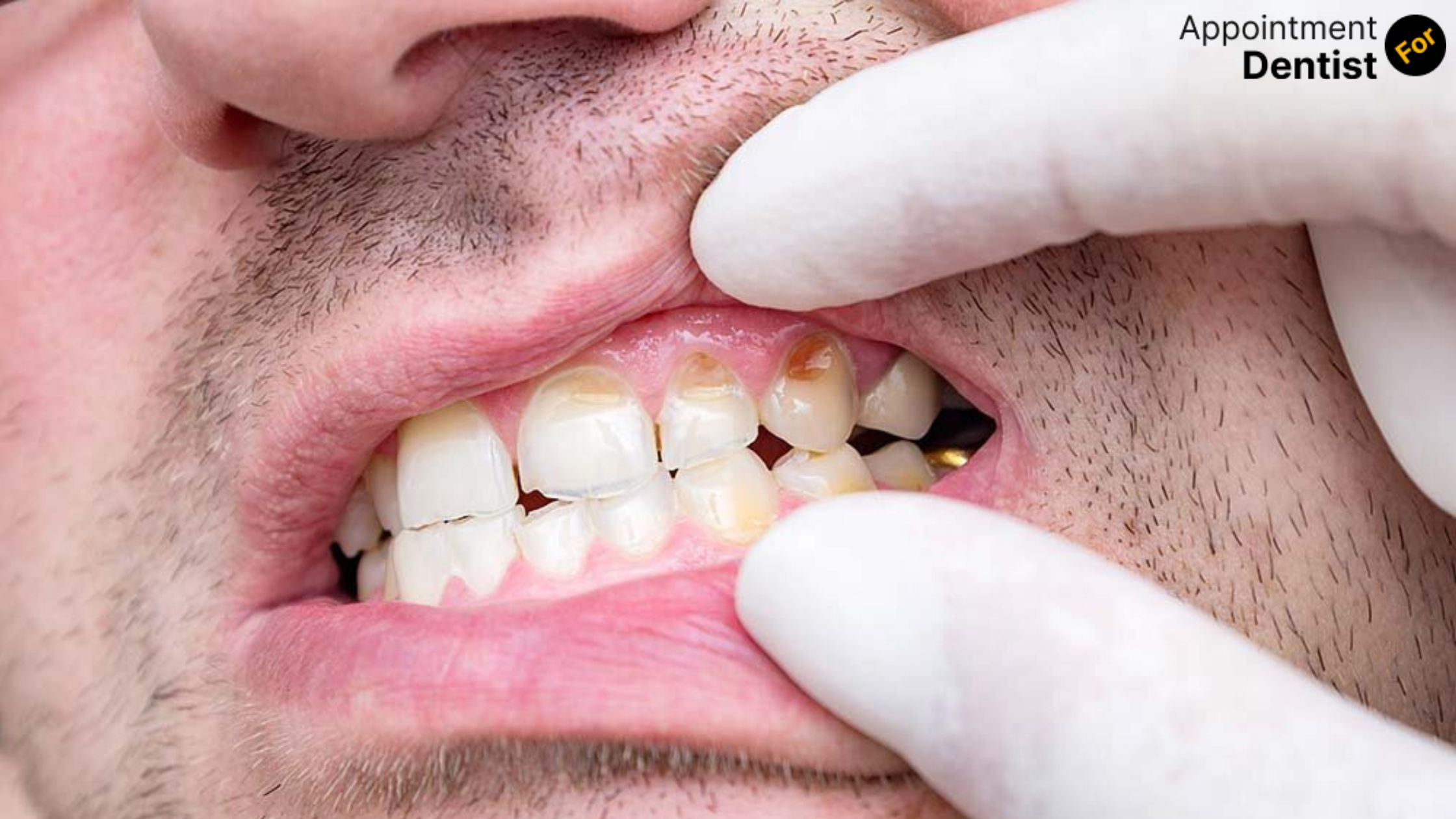Understanding and Addressing Enamel Hypoplasia
Posted on August 05, 2024 by Admin

Understanding and Addressing Enamel Hypoplasia
Enamel hypoplasia is a pretty common dental condition whereby the enamel of teeth and their hard outer covering does not develop fully. Thus, it has been linked to a myriad of dental-related complications such as enhanced sensitivity, discoloration of teeth, and easily succumbing to decay. The causes of enamel hypoplasia, herewith its symptoms and treatment options, are very important to be understood in order to maintain good oral health. In this article, we shall consider the basics of enamel hypoplasia and find out how one can deal with it effectively.
What is Enamel Hypoplasia?
Enamel hypoplasia is caused by interference with the cells that are producing the enamel while it is developing. It can appear as thin enamel, pitted enamel, or totally absent enamel on one or more teeth. According to the time at which it occurs and the degree of interference, enamel hypoplasia may be restricted to the primary or permanent teeth.
Causes of Enamel Hypoplasia
Some causes for enamel hypoplasia are:
- Genetic disorders: Enamel Hypoplasia may be caused by an inherited condition called Amelogenesis imperfecta.
- Prenatal factors: Poor nutrition of the mother, smoking, consumption of drugs or any infectious diseases may affect enamel development during pregnancy.
- Postnatal factors: Premature birth, low birth weight, childhood illnesses, trauma, or overdose of fluorides during tooth-formation may result in Enamel Hypoplasia.
Must Read : Primary Oral Health Care Tips for Dealing with Sjogren's Syndrome

Symptoms of Enamel Hypoplasia
The following are the major symptoms of Enamel Hypoplasia:
- Pits, grooves or missing enamel on the surface of the tooth
- Discoloured or stained teeth
- Increased sensitivity to hot, cold or sweet foods and beverages of the tooth
- Rough or uneven tooth surfaces
Diagnosis of Enamel Hypoplasia
Enamel Hypoplasia is usually diagnosed during a routine dental examination. Your dentist will look for visible enamel defects on your teeth. He may also request X-rays or other diagnostic tests to be conducted to evaluate the severity of the condition.
Treatment of Enamel Hypoplasia
Treatment plans for enamel hypoplasia depend on the severity of the condition and the teeth affected. Some of the common modes of treatment include:
- Fluoride treatments: Topical fluoride treatments will help immensely in strengthening the remaining enamel and decreasing the sensitivity.
- Dental sealants: Sealants can be applied to the teeth affected to protect against decay and other further damages.
- Bonded restorations: In very severe cases of loss of enamel, bonded restorations in the form of fillings or veneers can be used for functional and esthetic rehabilitation of the teeth.
- Stainless steel crowns: In very severe damage to the teeth, stainless steel crowns could be used to protect the tooth from further deterioration processes.
Prevention of Enamel Hypoplasia
While some of the causes of Enamel Hypoplasia are beyond our control, there are measures you can take to reduce that risk and prevent further damage from occurring:
- Good oral hygiene: Brush teeth with fluoride toothpaste at least twice a day with a soft-bristled toothbrush clean between the teeth once a day with floss.
- Limit sugary and acidic foods and beverages: Those food items can also aid in the erosion of enervated enamel, already weak, and put one at increased risk from cavities.
- Get regular dental check-ups: Such checkups will help your dentist keep tabs on your general health and quickly identify any dental problems that may arise.
- Get any underlying conditions under control: If you have an underlying condition likely to cause Enamel Hypoplasia, ensure that you get advice from your doctor on how to keep such a condition under control.
Also Read: Things You Should Know About Dental Insurance
Conclusion
Enamel Hypoplasia is a relatively common dental condition that, if not taken proper care of, can prove very disastrous to dental health and smile appearance. Being able to know the causes, signs, and symptoms of Enamel Hypoplasia helps users safeguard their teeth and enjoy health with confidence in one's smile. This includes maintaining regular dental checkups with strict adherence to good oral hygiene practices.
Faqs
-
1. Can enamel hypoplasia be reversed?
No, enamel, once lost, cannot regenerate. However, the options for treatment can protect the teeth and stop further destruction.
-
2. Is Enamel Hypoplasia infectious?
No, Enamel Hypoplasia is not infectious. It is a developmental condition that arises as a result of disturbances in the formation of enamel.
-
3. Can Enamel Hypoplasia be painful?
Yes, Enamel Hypoplasia can make teeth overly sensitive, whereby one would feel some discomfort when taking hot, cold, or sweet foods and drinks.
-
4. Does Enamel Hypoplasia occur more frequently in certain populations?
Yes, its prevalence may vary from one population to another and may be linked with other factors like socio economic background, dental care availability, and cultural habits.
-
5. Can Enamel Hypoplasia be prevented?
Whereas some of the causes of Enamel Hypoplasia are beyond our control, good oral hygiene and a well-balanced diet, along with regular dental check-ups, go a long way in keeping the risk at bay and preventing further damage to the teeth that have already been afflicted.
Recent Post
- The Importance of Oral Health Education for Children
- How to Choose the Right Orthodontic Treatment for Adults
- The Link Between Oral Health and Stroke Risk
- How to Address and Prevent Gum Recession
- Innovations in Dental Anesthesia: Pain-Free Procedures
- The Role of Saliva in Oral Health: Functions and Disorders
- Exploring Holistic Dentistry: What You Need to Know
- How Oral Health Affects Your Immune System
- The Benefits of Using Dental Probiotics
- Oral Health and Pregnancy: Myths and Facts